
Andy Warhol and the Rock Photographer - Purple Prince
Introduction
A photographer (Lynn Goldsmith) took a picture of Prince.
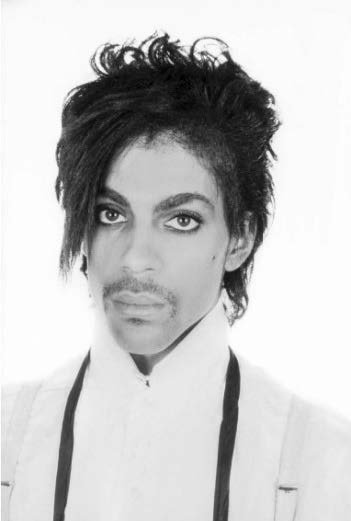
The photographer licensed the photograph to Vanity Fair for use in their 1984 issue. It was a one-time license that could only be used in that issue. Vanity Fair hired Warhol to doctor the image for publication.

And he created the Purple Prince image that was published in November 1984.
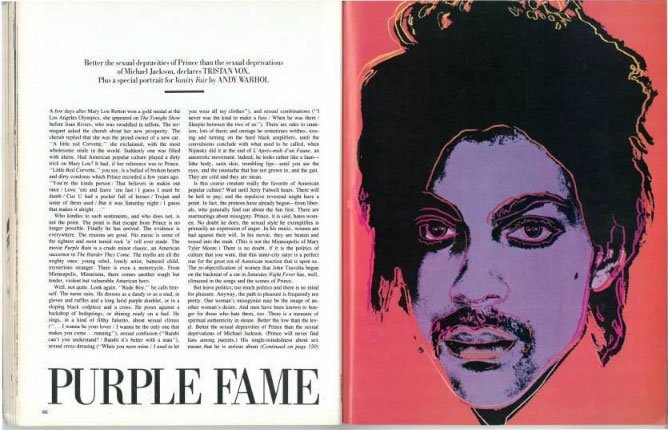
So far, so good.
However, unbeknownst to the photographer, Warhol had made a series of images based on her photograph.
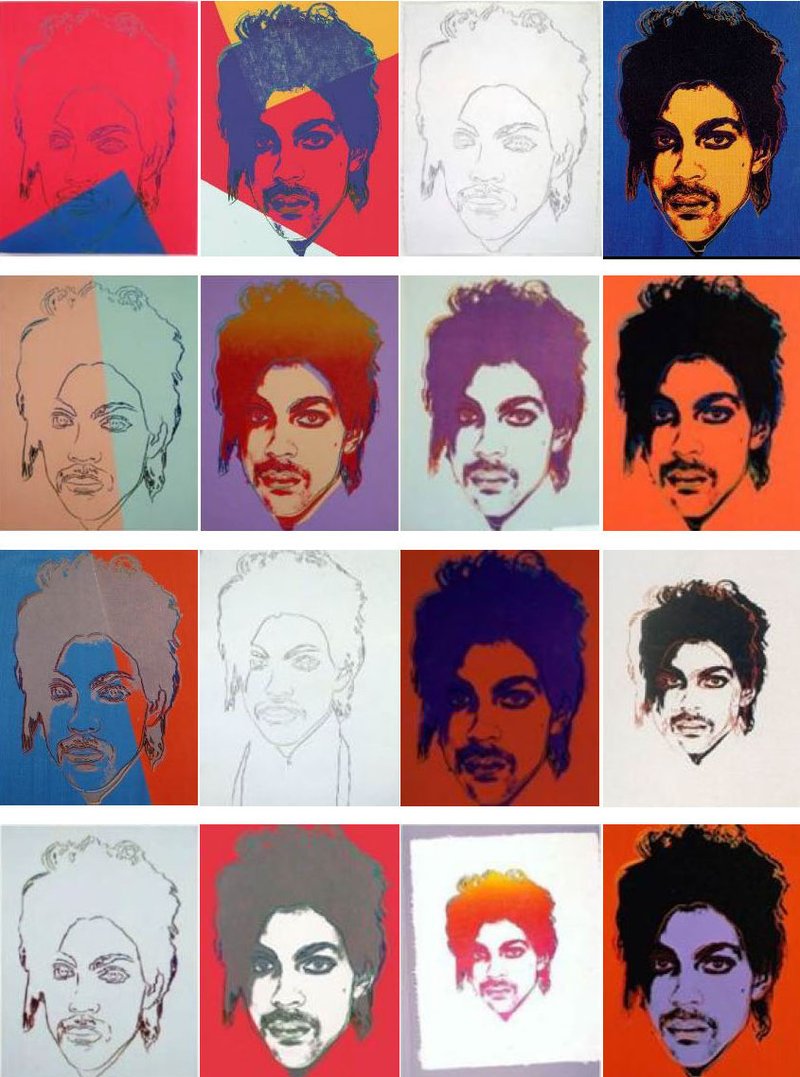
In 2016, Conde Nast published a magazine commemorating Prince’s death. For the cover, they licensed one of the images from Warhol’s series, the Orange Prince image. Conde Nast paid $10,000 for the license.
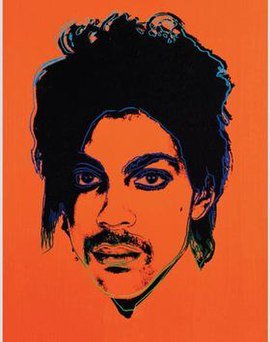
The photographer approached the Warhol Foundation and let them know that they needed a license from her to use her photograph in derivative works. The Warhol Foundation responded by suing her.
District Court
The Warhol Foundation requested that the Court declare that the license of the Orange Prince from the Warhol Foundation to Conde Nast was a “fair use” under the Copyright Act and did not require them to pay a license fee to the photographer.
The District Court looked at the four fair use factors, and determined that they were all in favor of the Warhol Foundation. Declaratory judgment granted!
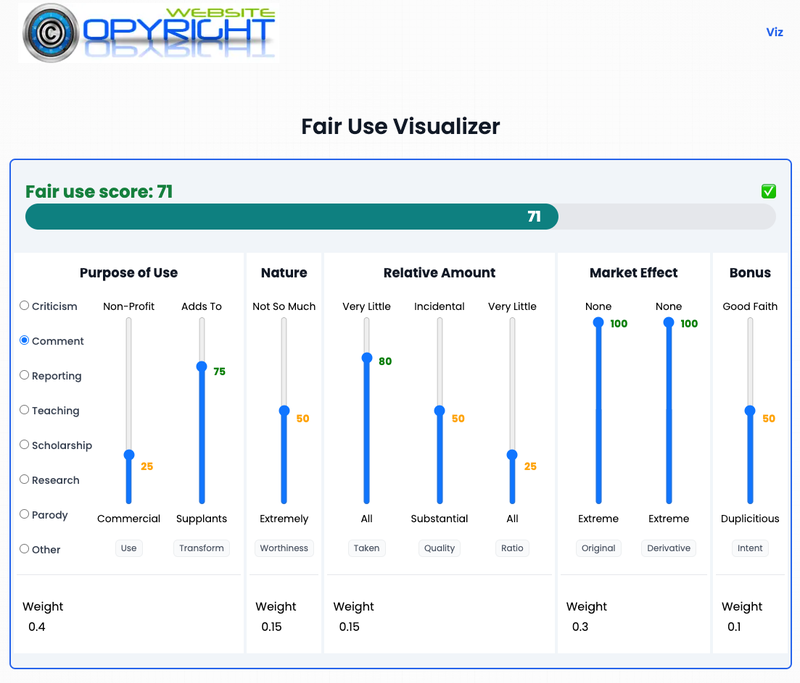
Court of Appeals
The District Court decision was appealed to the Court of Appeals for the 2nd Circuit. The Court of Appeals looked at the four fair use factors, and determined they were all in favor of the photographer. Declaratory judgment overturned!

The Supreme Court
The Court of Appeals decision was appealed to the Supreme Court of the United Status (SCOTUS). The issue on appeal was whether the first of the fair use factors was in favor of Warhol Foundation or the photographer; the parties pretty much agreed that the other three favored the photographer.
SCOTUS found that the first fair use factor favored the photographer.
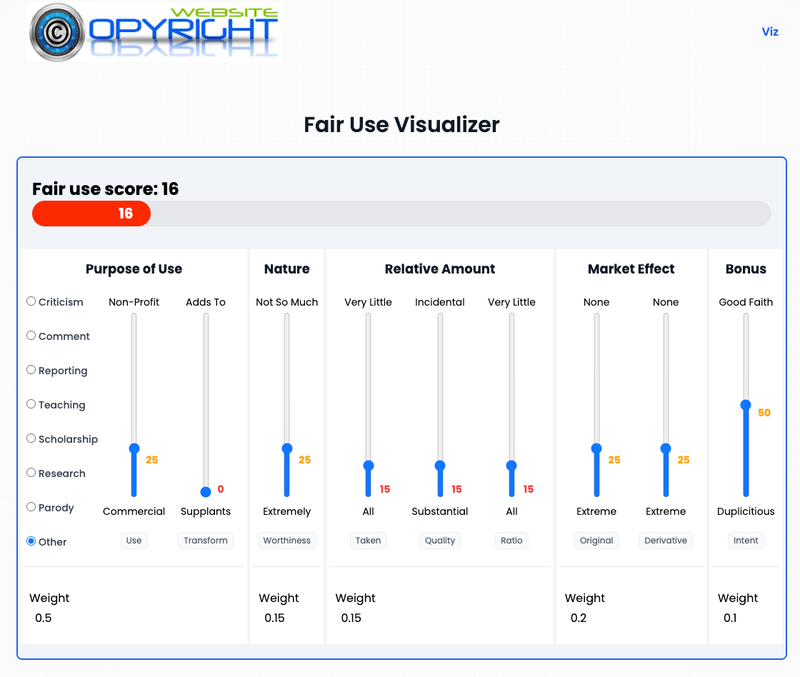
What just happened?
The Court focused on the "purpose and character" of the Warhol Foundation's use of the photo, rejecting the Foundation's argument that the artworks were "transformative" and thus favored fair use. It highlighted that while Warhol's portrait added new expression to the photo, it was used commercially to illustrate magazine articles about Prince - a purpose substantially similar to that of Goldsmith's original photograph. Therefore, the first factor in assessing fair use leaned towards Goldsmith.
The Court's analysis pertains to the specific use alleged to be infringing – the commercial licensing of the artwork to Condé Nast – and does not pass judgment on the creation, display, or sale of the original Prince Series works.